Malabar spinach, also known as Ceylon spinach or Indian spinach, is a leafy green vegetable that is native to India and Southeast Asia. It is a climbing vine that can grow up to 10 feet tall and has fleshy, heart-shaped leaves that range in color from dark green to purple. Malabar spinach is a popular ingredient in many traditional Indian and Southeast Asian dishes, and it is also prized for its nutritional and medicinal properties.
In this blog post, we will explore the benefits, morphology, how to germinate seeds, three delicious recipes, and nutrition information for Malabar spinach.
Morphology of Malabar Spinach
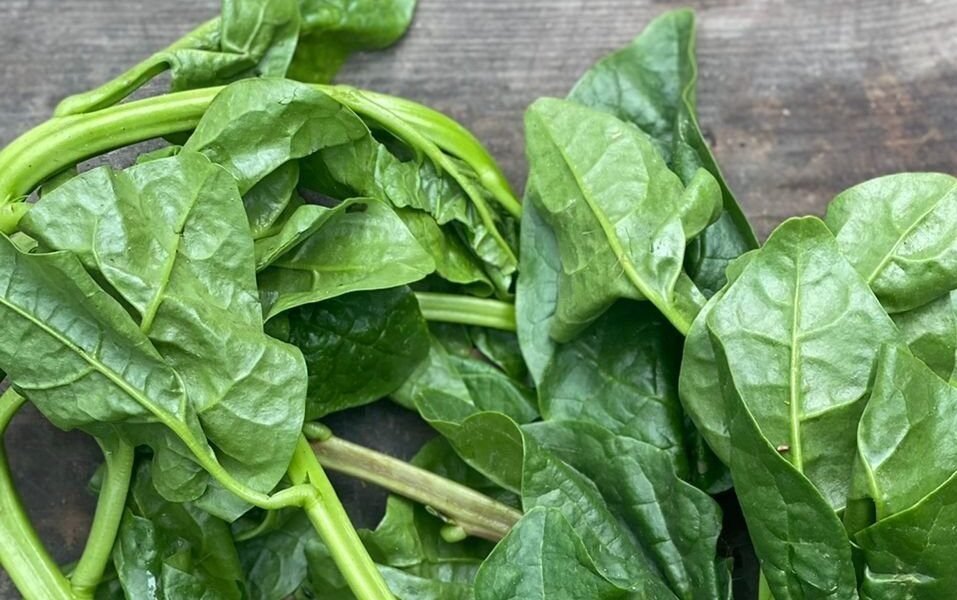
Malabar spinach is a leafy green vegetable that has a distinctive appearance. It has thick, fleshy, and glossy leaves that are usually dark green in color, sometimes with a purple tinge. The leaves are heart-shaped or arrowhead-shaped and grow to about 4-6 inches in length. The stems of the plant are thick and fleshy and can grow up to 30 feet long. The flowers of the Malabar spinach are small and pinkish-white, and the plant produces small, round, black seeds.
Benefits of Malabar Spinach
-
Nutrient-Dense: Malabar spinach is a nutrient-dense vegetable that is rich in vitamins A, C, and K, iron, calcium, and potassium. It is also a good source of antioxidants, which help to protect the body against cellular damage and oxidative stress.
-
Anti-Inflammatory: Malabar spinach contains compounds that have anti-inflammatory properties. These compounds can help to reduce inflammation in the body and may be beneficial for people with conditions such as arthritis, asthma, and inflammatory bowel disease.
-
Heart Health: The potassium in Malabar spinach may help to regulate blood pressure and promote heart health. A diet that is high in potassium is associated with a lower risk of cardiovascular disease.
-
Digestive Health: Malabar spinach is a good source of dietary fiber, which is important for digestive health. Fiber can help to regulate bowel movements, promote the growth of beneficial gut bacteria, and reduce the risk of digestive disorders such as constipation and irritable bowel syndrome.
-
Blood Sugar Control: Malabar spinach may be beneficial for people with diabetes or insulin resistance. It contains compounds that can help to regulate blood sugar levels and improve insulin sensitivity.
How to Germinate Malabar Spinach Seeds
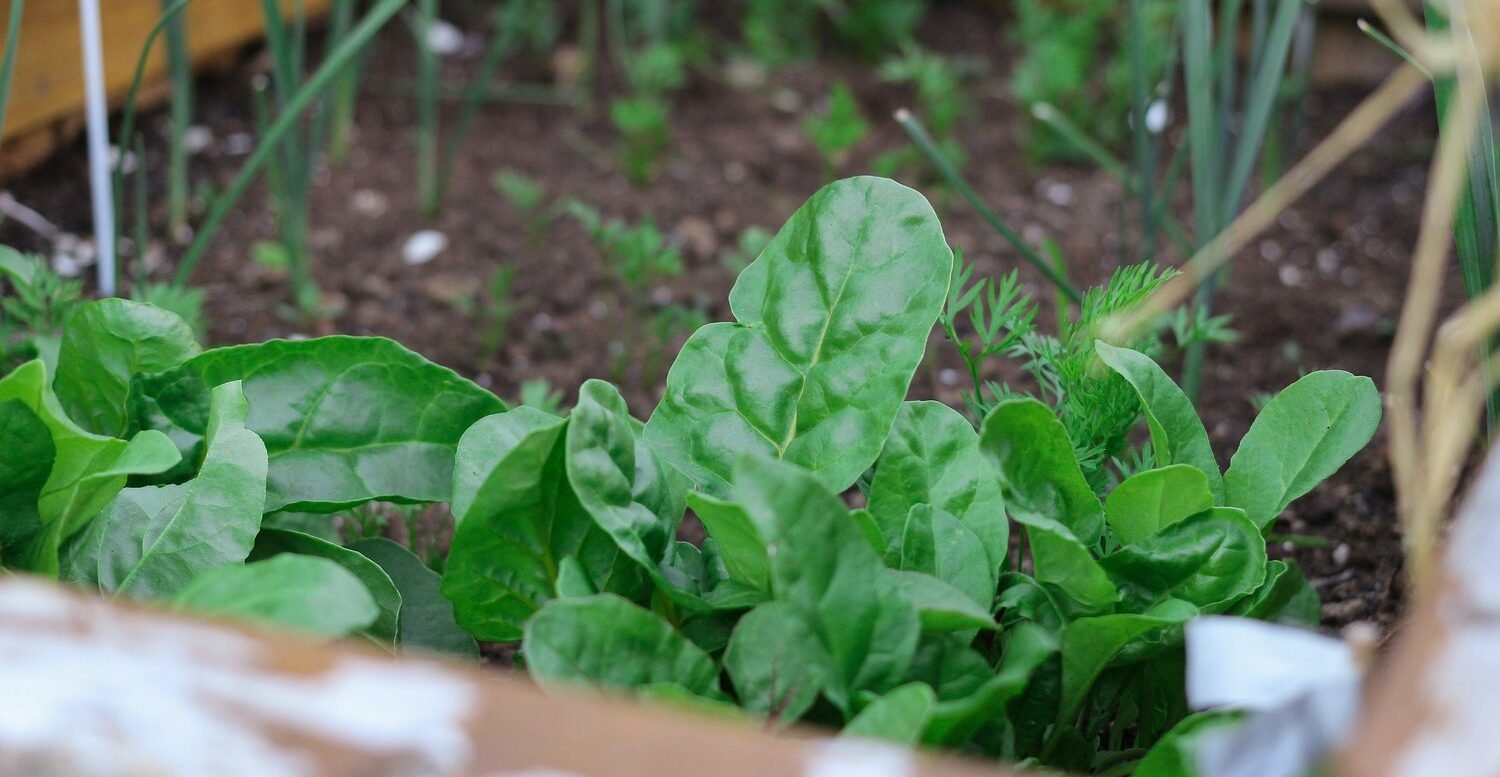
-
Soak the seeds: Place the Malabar spinach seeds in a small container or jar and cover them with water. Allow the seeds to soak for 24 hours.
-
Prepare the soil: Fill a container or seed tray with a well-draining potting mix. Make small indentations in the soil with your finger or a small tool.
-
Plant the seeds: Place one or two Malabar spinach seeds in each indentation and cover them with soil.
-
Water the seeds: Use a spray bottle or gentle stream of water to moisten the soil. Be careful not to overwater, as this can cause the seeds to rot.
-
Provide light and warmth: Malabar spinach seeds need warmth and light to germinate. Place the container or tray in a warm, bright location such as a windowsill or greenhouse.
-
Water regularly: Keep the soil moist but not waterlogged. Water the seeds gently with a spray bottle or watering can.
-
Transplant the seedlings: When the seedlings have grown to about 2-3 inches in height, transplant them into larger pots or into the garden.Malabar spinach is a popular leafy vegetable in many parts of India and is known by different names in various Indian languages.
Here are some of the synonyms for Malabar spinach in Indian languages:
-
Hindi: Poi sag or Bachali
-
Bengali: Pui shaak or Poi shaak
-
Telugu: Bachali Kura or Bachali Koora
-
Tamil: Malabar Keerai
-
Kannada: Basale soppu or Basale gida
-
Malayalam: Vaazhuthananga or Vaazhuthananga cheera
-
Marathi: Mayalu or Mayalu shak
-
Gujarati: Khata palang or Khattakh
-
Punjabi: Poi or Patthar ka sag
-
Konkani: Valchi bhaji or Vaalche bhajji
These names vary depending on the region and language. However, Malabar spinach is widely recognized and used in many parts of India, and its health benefits make it a popular ingredient in Indian cuisine.
What makes Malabar Spinach more nutritious than regular spinach?
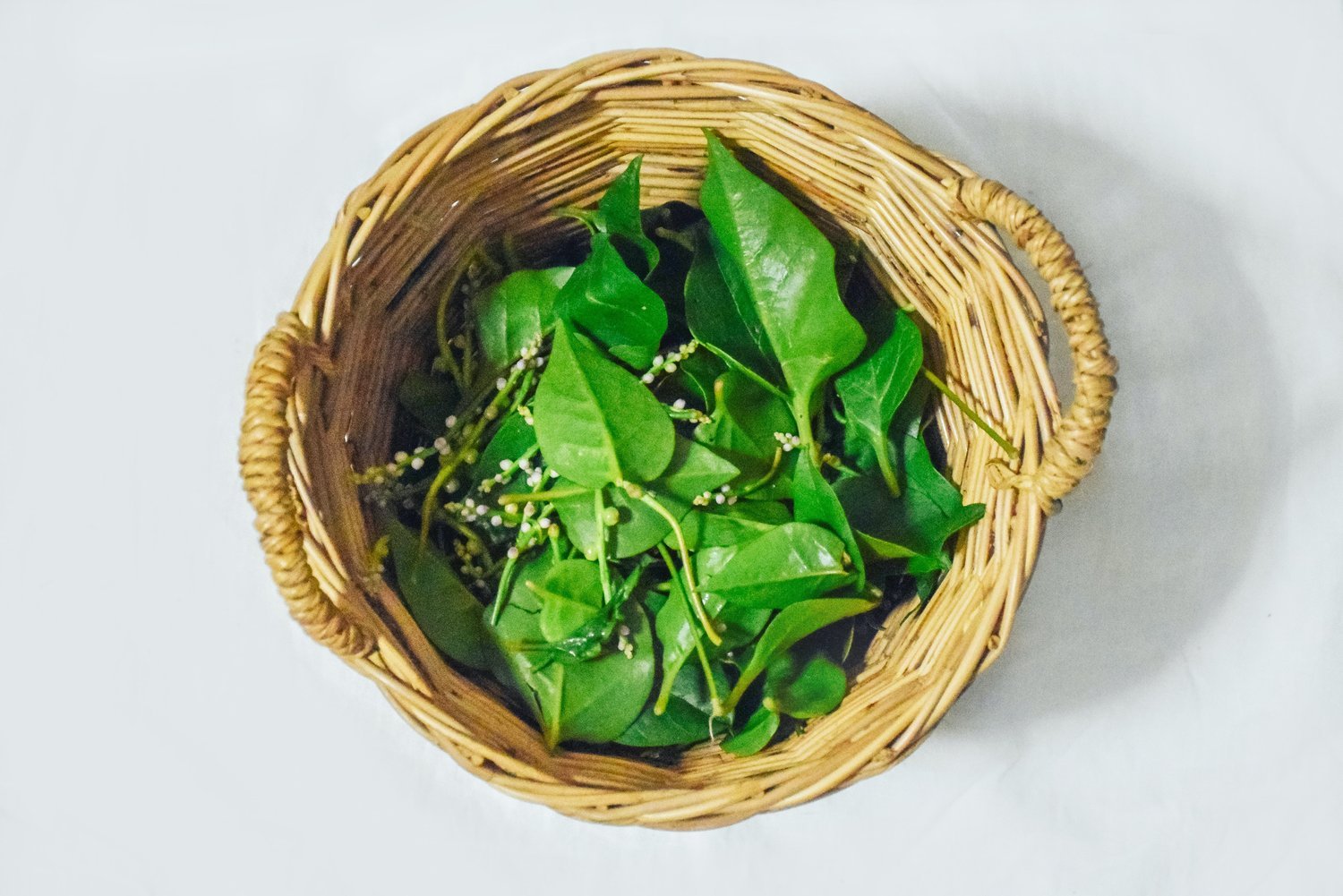
Malabar spinach, also known as Basella alba, has several nutritional advantages over regular spinach. Some of the key nutrients that make Malabar spinach more nutritious than regular spinach include:
-
Protein: Malabar spinach contains more protein than regular spinach. This is particularly beneficial for vegetarians and vegans who rely on plant-based sources of protein.
-
Iron: Malabar spinach contains more iron than regular spinach. Iron is an important nutrient that helps carry oxygen to your body’s cells, and a deficiency can lead to anemia and other health problems.
-
Vitamin C: Malabar spinach contains more vitamin C than regular spinach. Vitamin C is a powerful antioxidant that helps protect your body against damage from harmful free radicals.
-
Calcium: Malabar spinach contains more calcium than regular spinach. Calcium is important for strong bones and teeth, and also plays a role in muscle and nerve function.
-
Vitamin A: Malabar spinach contains more vitamin A than regular spinach. Vitamin A is important for healthy vision, immune function, and skin health.
Overall, Malabar spinach is a highly nutritious leafy green that can be a great addition to a healthy diet. Its high protein, iron, vitamin C, calcium, and vitamin A content make it an especially good choice for vegetarians, vegans, and anyone looking to boost their nutrient intake.
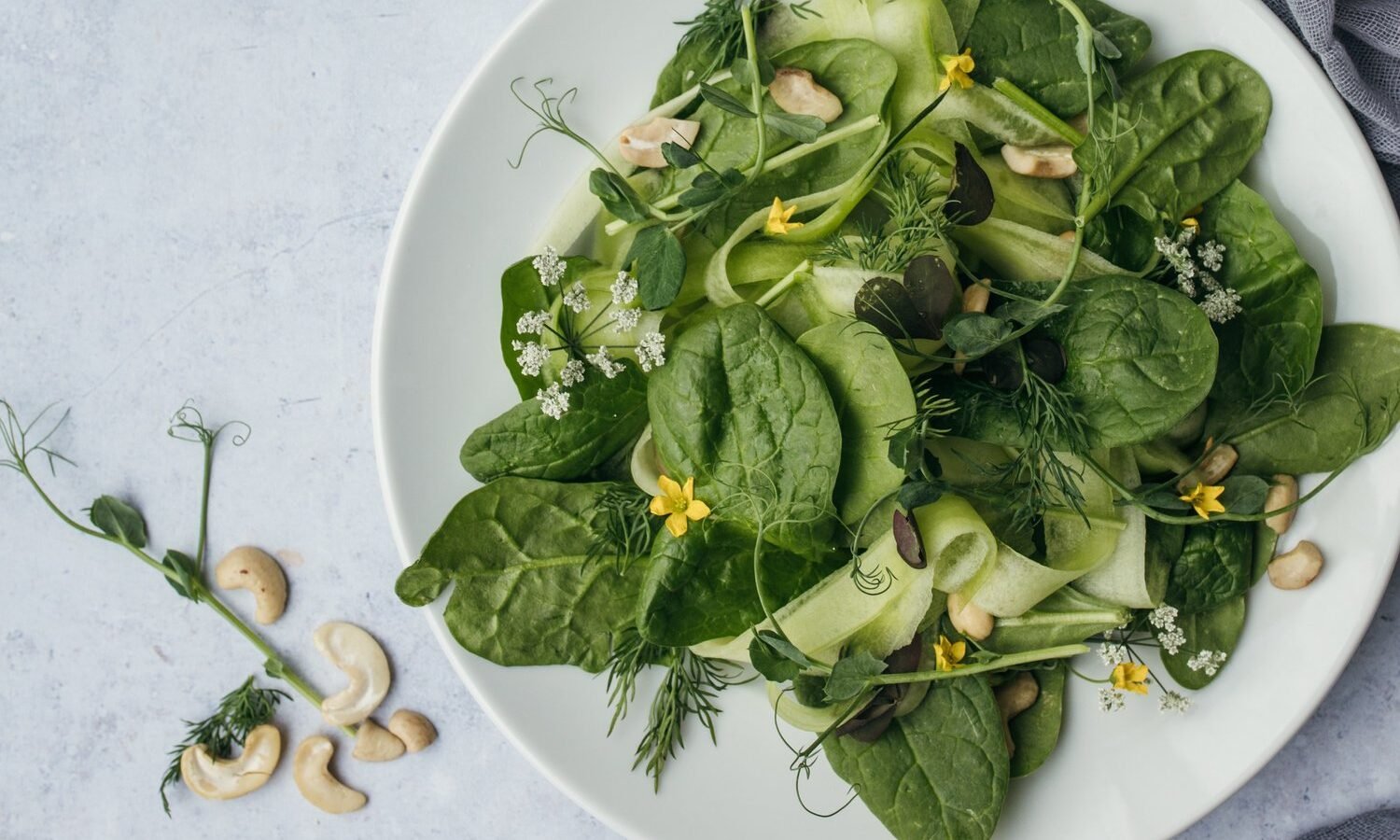
How easy is it to grow Malabar Spinach?
Malabar spinach is relatively easy to grow, even for beginners. Here are some tips for growing Malabar spinach:
-
Climate: Malabar spinach is a tropical plant, and it grows best in warm, humid climates. It can be grown as a perennial in areas where the temperature does not drop below 50°F (10°C). In cooler climates, it can be grown as an annual.
-
Soil: Malabar spinach prefers well-drained, fertile soil. It can grow in soil with a pH range of 6.0 to 7.5. Adding compost or other organic matter to the soil can help improve its fertility.
-
Sunlight: Malabar spinach needs plenty of sunlight to grow well. It prefers full sun, but it can also grow in partial shade.
-
Watering: Malabar spinach needs regular watering to keep the soil moist. However, it is important not to overwater it, as this can lead to root rot.
-
Fertilizer: Malabar spinach is a heavy feeder, and it benefits from regular applications of fertilizer. A balanced fertilizer with a ratio of 10-10-10 is a good choice.
-
Germination: Malabar spinach can be grown from seeds. To germinate the seeds, soak them in water for 24 hours before planting. Plant the seeds 1 inch deep in well-draining soil, and keep the soil moist until the seedlings emerge.
-
Care: Malabar spinach is a vining plant, and it will need support to grow. Trellises or stakes can be used to support the plant. Regular pruning can help keep the plant from becoming too bushy.
Overall, Malabar spinach is a relatively easy plant to grow, as long as it is provided with the right growing conditions. With proper care, it can produce a bountiful harvest of nutritious greens.
Three delicious recipes using Malabar spinach:
1. Malabar Spinach Dal
Ingredients:
-
1 cup split yellow lentils
-
4 cups water
-
1 onion, chopped
-
2 cloves garlic, minced
-
1 tablespoon grated ginger
-
1 tomato, chopped
-
1 teaspoon cumin seeds
-
1 teaspoon coriander powder
-
1/2 teaspoon turmeric powder
-
1/2 teaspoon red chili powder
-
1 bunch Malabar spinach, chopped
-
Salt to taste
-
2 tablespoons ghee / Sesame oil (vegan)
Instructions:
-
Rinse the lentils and soak them in water for 30 minutes.
-
In a pan, heat the ghee/sesame oil and add the cumin seeds.
-
Once the cumin seeds crackle, add the onions and sauté until translucent.
-
Add the garlic and ginger and sauté for a minute.
-
Add the chopped tomato, coriander powder, turmeric powder, red chili powder, and salt. Mix well and cook for 2-3 minutes.
-
Drain the lentils and add them to the pan
-
Add 3 cups of water and mix well, bring to a boil.
-
Cook for 20 mins till the lentils are mushy.
-
Add the chopped Malabar spinach. Mix well and cook for 5-6 minutes, add extra water if needed, check seasoning.
-
Serve hot with rice or chapati.
2. Malabar Spinach Soup
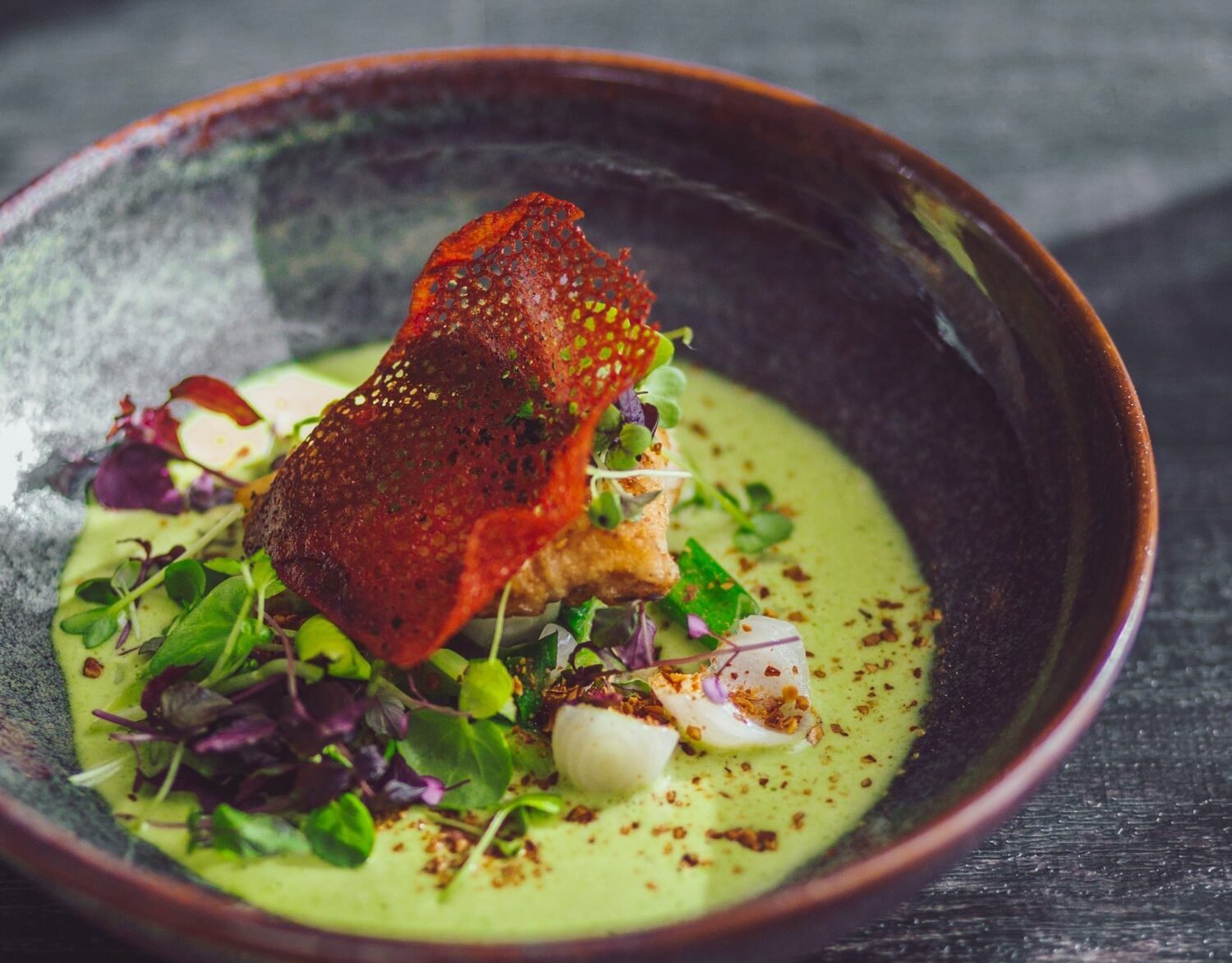
Ingredients:
-
1 bunch Malabar spinach, chopped
-
1 onion, chopped
-
2 cloves garlic, minced
-
1 tablespoon olive oil
-
4 cups vegetable broth
-
1/2 cup coconut milk
-
Salt to taste
-
Pepper to taste
Instructions:
-
In a large pot, heat the olive oil and sauté the onions and garlic until translucent.
-
Add the chopped Malabar spinach and sauté for a few minutes.
-
Add the vegetable broth, salt, and pepper. Mix well and let it simmer for 10-15 minutes.
-
Add the coconut milk and mix well.
-
Using an immersion blender, blend the soup until smooth.
-
Serve hot with bread or crackers.
3. Malabar Spinach Stir Fry
Ingredients:
-
1 bunch Malabar spinach, chopped
-
1 onion, chopped
-
2 cloves garlic, minced
-
1 tablespoon soy sauce
-
1 tablespoon cornstarch
-
1 teaspoon sesame oil
-
1 teaspoon red chili flakes
-
1 tablespoon vegetable oil
-
Salt to taste
-
Pepper to taste
Instructions:
-
In a bowl, mix together the soy sauce, cornstarch, sesame oil, and red chili flakes.
-
In a large pan, heat the vegetable oil and sauté the onions and garlic until translucent.
-
Add the chopped Malabar spinach and sauté for a few minutes.
-
Add the soy sauce mixture, a couple of tablespoons of water, salt, and pepper. Mix well and let it cook for 2-3 minutes.
-
Serve hot with rice or noodles.
In conclusion..
Malabar spinach is a nutrient-dense and versatile leafy green vegetable that offers a wide range of health benefits. From improving digestion and promoting heart health to boosting immunity and aiding in weight loss, Malabar spinach is truly a superfood that can enhance your overall well-being. With its unique taste and culinary versatility,
Malabar spinach can be easily incorporated into various dishes, making it a tasty and healthy addition to any diet. By including Malabar spinach in your regular meals, you can not only enjoy its delicious flavor but also reap its numerous health benefits for a healthier and happier life.
So, why not give Malabar spinach a try today and experience the goodness of this incredible leafy green vegetable for yourself!





when i cook at home, i always make sure that i only cook healthy recipes because i don’t want to get fat 🙂
Amazing this kind of guide is definitely incredible it really aided me and also our kids, thanks a lot!
Thanks, wonderful blog… really enjoy it and put into my social bookmarks. Keep up the good work
Very very good written information. It will be supportive to anybody who utilizes it, as well as myself. Keep up the very good work – can’t wait to read more articles.
Medical missionary to the moon, am very blessed thank you for the enlightenment.
i support herbal products because they are all natural and from what i know, they do not carry nasty side effects**
Very interesting points you have remarked, appreciate it for putting up.
Can I recently say that of a relief to seek out someone that truly knows what theyre preaching about on the internet. You actually discover how to bring a concern to light making it essential. More and more people must look at this and understand why side in the story. I cant think youre not more popular since you also absolutely provide the gift.
Pretty nice post. I just stumbled upon your blog and wanted to say that I’ve really enjoyed surfing around your blog posts. In any case I will be subscribing to your rss feed and I hope you write again soon!